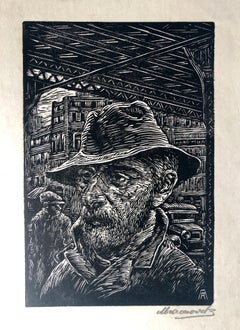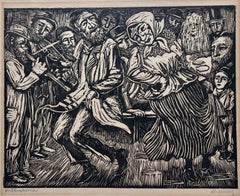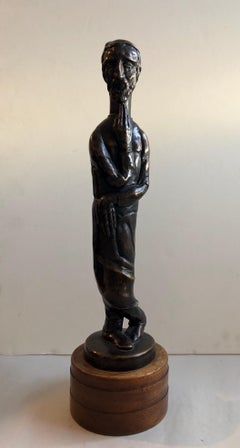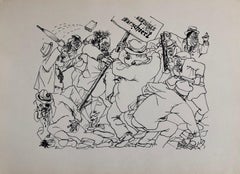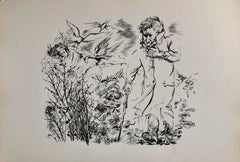Lions Gallery Art
1930s American Impressionist Figurative Prints
Woodcut
1930s American Impressionist Figurative Prints
Woodcut
1930s American Impressionist Figurative Prints
Woodcut
1930s Expressionist Figurative Sculptures
Bronze
1930s Modern Interior Prints
Lithograph
1930s Modern Interior Prints
Lithograph
1930s Modern Interior Prints
Lithograph
1930s Modern Interior Prints
Lithograph
1930s Modern Interior Prints
Lithograph
1930s American Modern Figurative Drawings and Watercolors
India Ink, Watercolor, Illustration Board
1930s American Modern Figurative Paintings
Oil, Board
1930s Expressionist Figurative Drawings and Watercolors
Paper, Charcoal, Graphite
1930s Modern Figurative Paintings
Paper, Gouache
1930s Modern Still-life Drawings and Watercolors
Paper, Watercolor
1930s American Modern Figurative Prints
Lithograph
1930s American Modern Figurative Prints
Lithograph
1930s American Modern Figurative Prints
Lithograph
1930s Naturalistic Figurative Drawings and Watercolors
Archival Ink, Watercolor, Illustration Board
1930s American Modern Figurative Paintings
Oil, Gouache
1930s American Modern Figurative Paintings
Gouache
1930s Naturalistic Figurative Drawings and Watercolors
Archival Ink, Watercolor, Illustration Board
1930s American Modern Figurative Drawings and Watercolors
India Ink, Watercolor, Illustration Board
1930s American Modern Landscape Paintings
Gouache
1930s Modern Landscape Paintings
Canvas, Oil
1930s American Modern Figurative Paintings
Oil, Board
1930s American Modern Figurative Paintings
Oil, Canvas
1930s Modern Figurative Prints
Pastel, Color Pencil, Lithograph
1930s American Modern Landscape Paintings
Canvas, Oil
1930s Modern Abstract Paintings
Gouache
1930s Expressionist Figurative Prints
Paper
1930s Expressionist Figurative Prints
Paper
1930s Expressionist Portrait Prints
Paper
1930s American Realist Figurative Prints
Woodcut
1930s American Realist Interior Prints
Woodcut
1930s Interior Prints
Woodcut
1930s Portrait Prints
Woodcut
1930s American Realist Figurative Prints
Paper
1930s American Modern Still-life Paintings
Gouache, Board, Watercolor
1930s American Modern Nude Paintings
Watercolor, Gouache, Board
1930s American Modern Nude Paintings
Gouache, Board
1930s Constructivist Figurative Paintings
Paper
1930s American Modern Landscape Paintings
Gouache, Oil, Board
1930s American Modern Landscape Paintings
Oil, Board
1930s American Modern Landscape Paintings
Oil, Board
1930s American Modern Figurative Paintings
Oil, Board
1930s American Modern Figurative Paintings
Oil, Board
1930s American Modern Landscape Prints
Lithograph
1930s Landscape Prints
Lithograph
1930s American Impressionist Figurative Prints
Woodcut
1930s American Impressionist Figurative Prints
Woodcut
1930s American Modern Figurative Paintings
Oil, Board
1930s American Realist Figurative Paintings
Canvas, Oil
1930s Modern Abstract Photography
Photographic Paper, Silver Gelatin
1930s Modern Abstract Photography
Photographic Paper, Silver Gelatin
1930s Modern Abstract Photography
Photographic Paper, Silver Gelatin
1930s Modern Abstract Photography
Silver Gelatin, Photographic Paper
1930s American Modern Animal Prints
Lithograph
1930s American Modern Animal Prints
Lithograph
1930s American Modern Animal Prints
Lithograph
1930s American Modern Animal Prints
Lithograph
